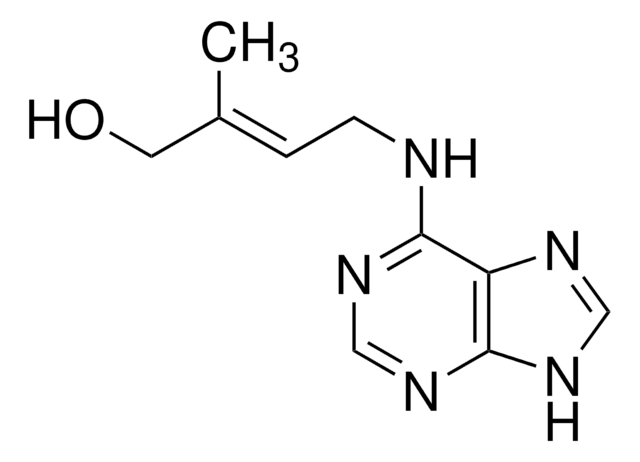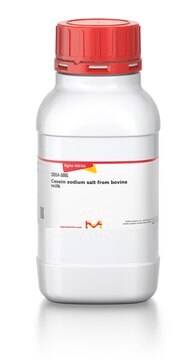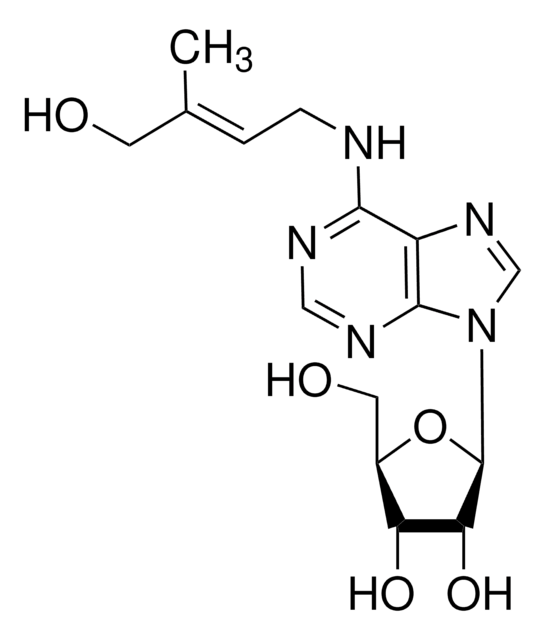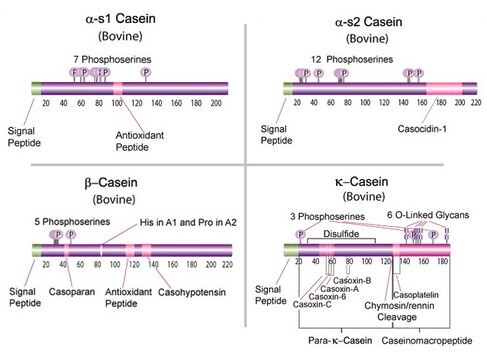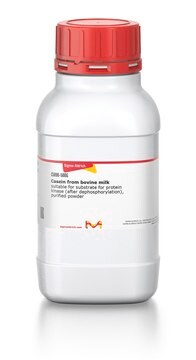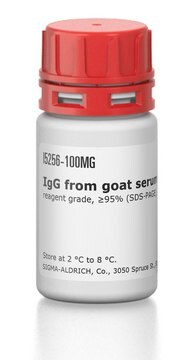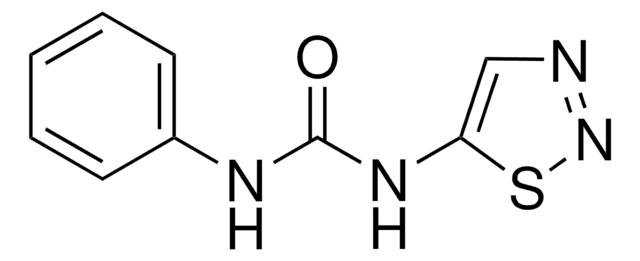05-354
Anti-Clusterin α chain (human) Antibody, clone 41D
clone 41D, Upstate®, from mouse
Synonym(s):
Apolipoprotein J, Complement cytolysis inhibitor, Complement-associated protein SP-40,40, Ku70-binding protein 1, Testosterone-repressed prostate message 2, aging-associated protein 4, clusterin, complement lysis inhibitor, complement-associated protein
About This Item
Recommended Products
biological source
mouse
Quality Level
antibody form
purified immunoglobulin
antibody product type
primary antibodies
clone
41D, monoclonal
species reactivity
human
manufacturer/tradename
Upstate®
technique(s)
immunocytochemistry: suitable
immunohistochemistry (formalin-fixed, paraffin-embedded sections): suitable
western blot: suitable
isotype
IgG1κ
NCBI accession no.
UniProt accession no.
shipped in
dry ice
target post-translational modification
unmodified
Gene Information
human ... CLU(1191)
General description
Specificity
Immunogen
Application
Previous lots of this antibody at 5 µg/mL detected clusterin in paraffin embedded human brain sections.
Apoptosis & Cancer
Neuroscience
Apoptosis - Additional
Neurodegenerative Diseases
Quality
Western Blot Analysis:
0.5-2 µg/mL of a previous lot detected human clusterin α chain in RIPA lysates from HeLa cells; previous lots detected the protein in human serum and MCF-7 cell lysates
Target description
Physical form
Storage and Stability
Handling Recommendations:
Upon receipt, and prior to removing the cap, centrifuge the vial and gently mix the solution. Aliquot into microcentrifuge tubes and store at -20°C. Avoid repeated freeze/thaw cycles, which may damage IgG and affect product performance.
Analysis Note
HeLa cell lysate.
Other Notes
Legal Information
Disclaimer
Not finding the right product?
Try our Product Selector Tool.
recommended
Storage Class Code
12 - Non Combustible Liquids
WGK
WGK 1
Flash Point(F)
Not applicable
Flash Point(C)
Not applicable
Certificates of Analysis (COA)
Search for Certificates of Analysis (COA) by entering the products Lot/Batch Number. Lot and Batch Numbers can be found on a product’s label following the words ‘Lot’ or ‘Batch’.
Already Own This Product?
Find documentation for the products that you have recently purchased in the Document Library.
Our team of scientists has experience in all areas of research including Life Science, Material Science, Chemical Synthesis, Chromatography, Analytical and many others.
Contact Technical Service